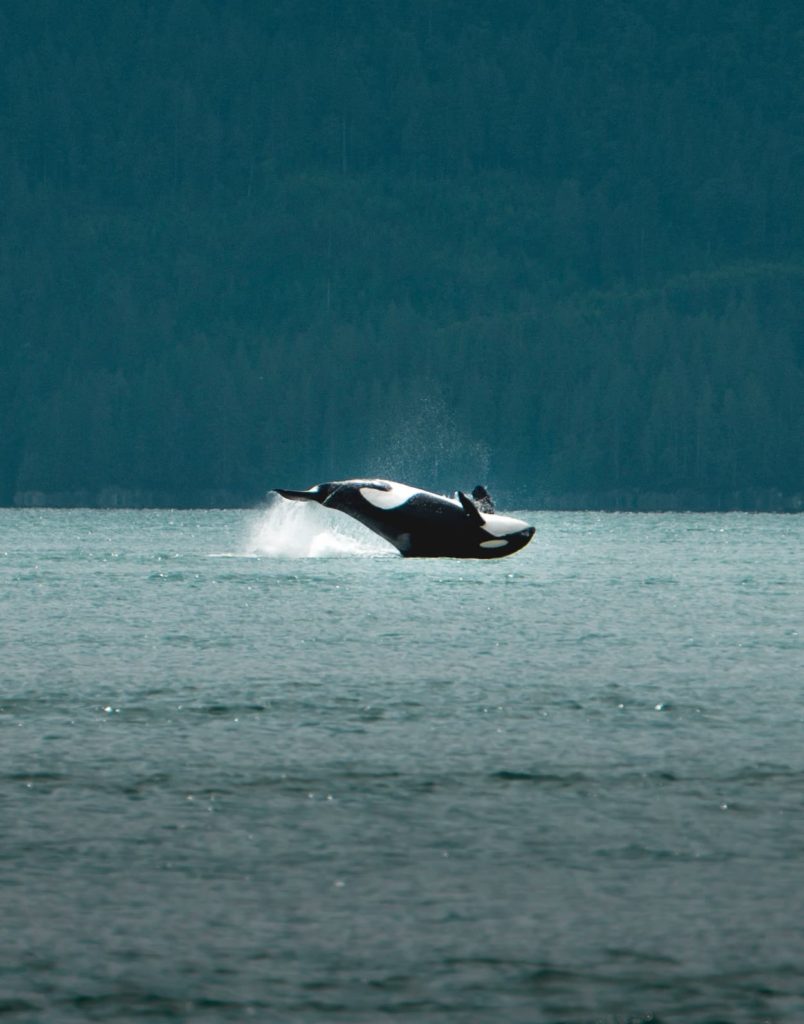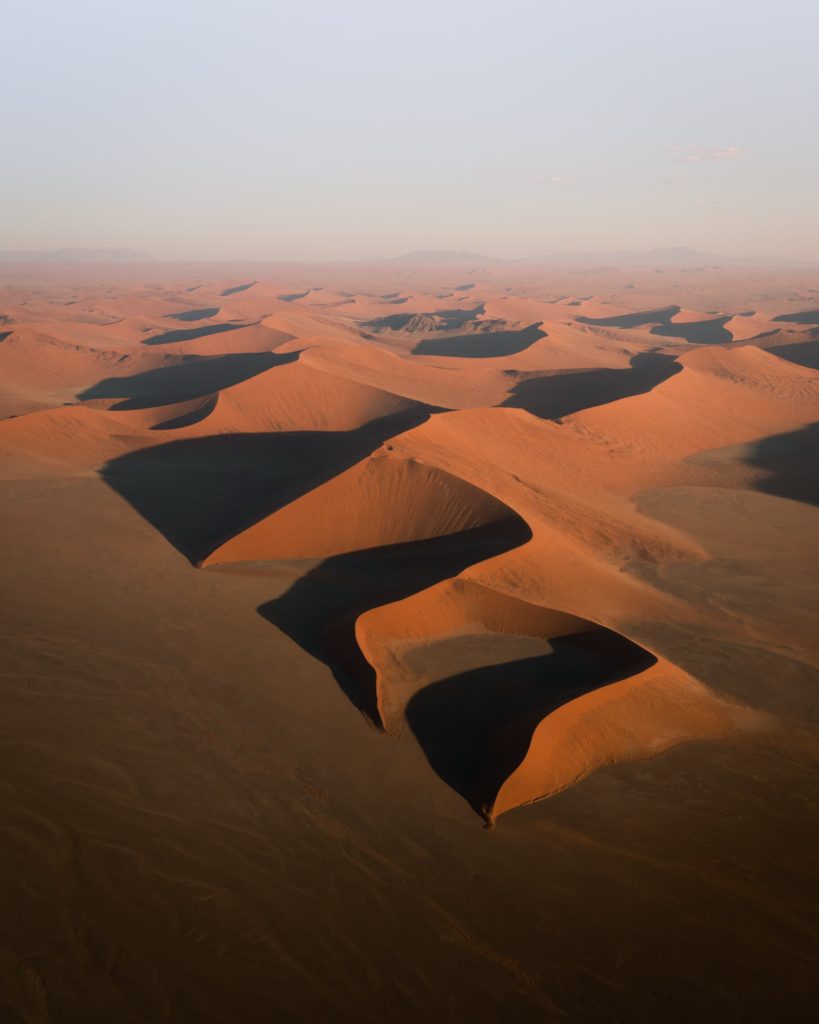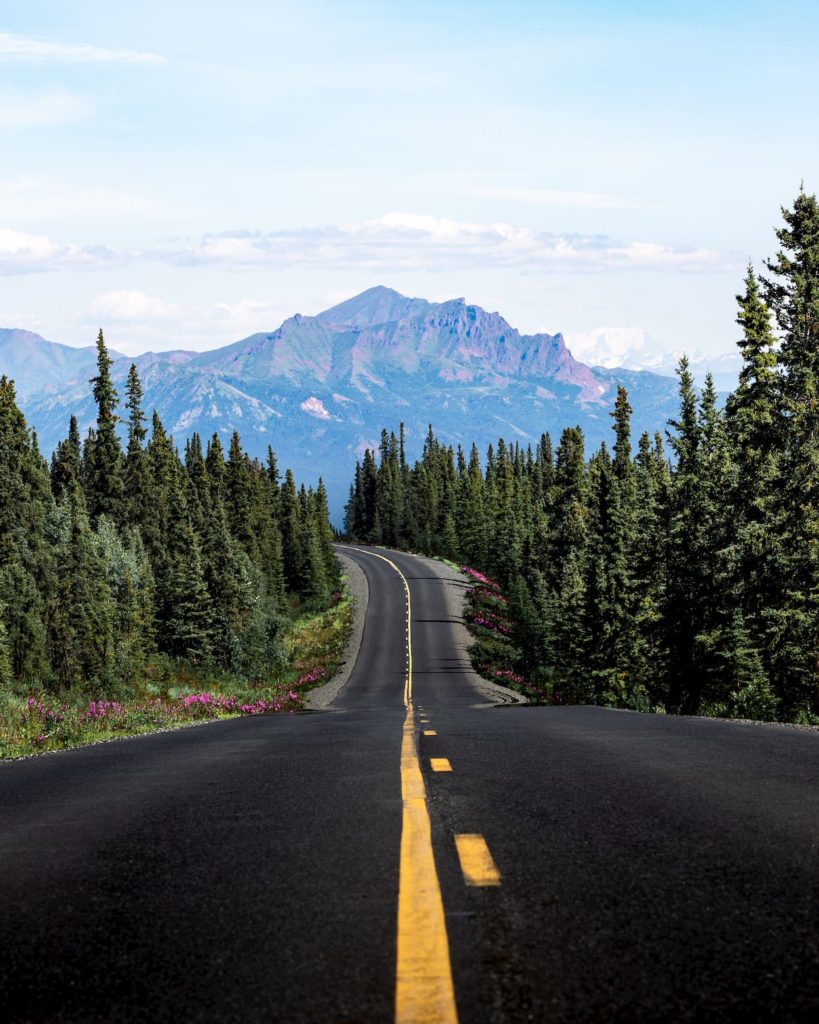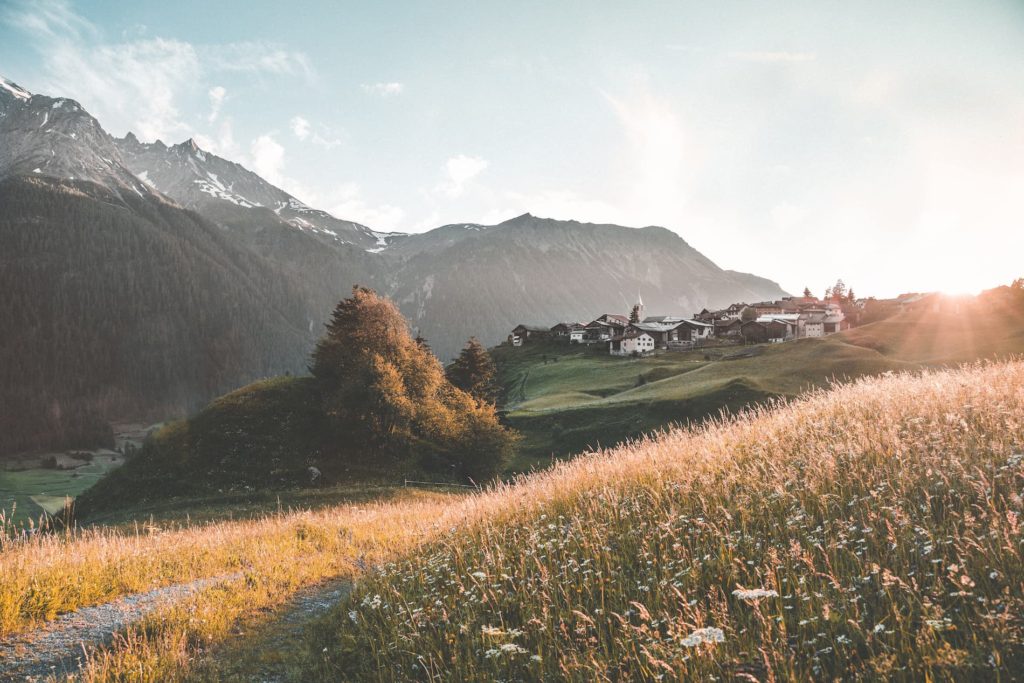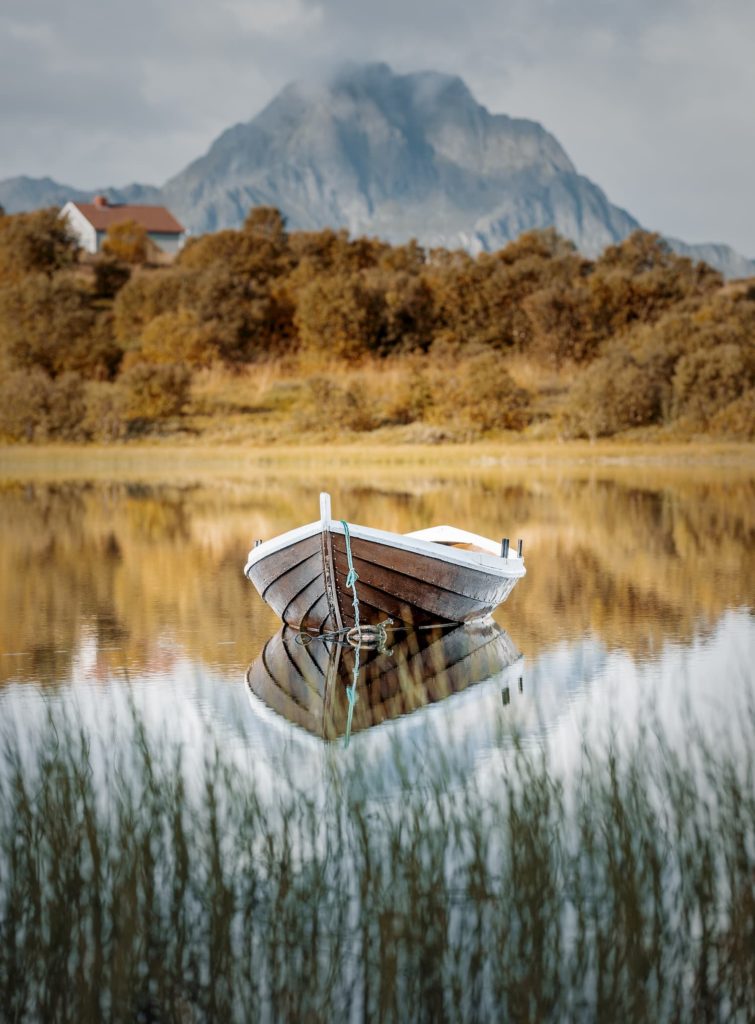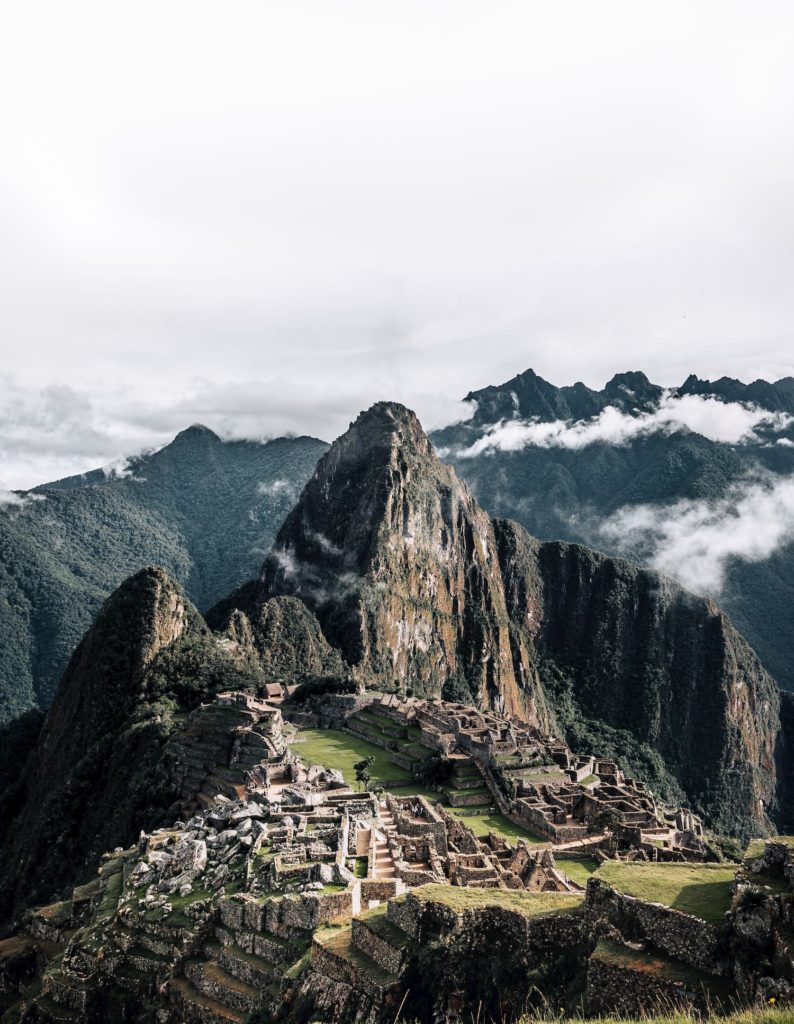
Kristian Gillies
@krisjonnes
Conservation Biologist based in Canada
I grew up in a small village, right on the beach, in rural South-Eastern Australia. My parents were both enthusiastic travelers and we would travel to Indonesia quite frequently when I was growing up, so travelling has been an important part of my lifestyle for as long as I can remember. My first big trip without my parents was to the USA and Mexico after completing my second year of University. It was on this trip that I started to develop an interest in photography. I wanted to capture the contrasting landscapes that were so different to everything I had ever been exposed to in Australia, while at the same time document my adventures along the way so that I could share them with my friends back at home. Unfortunately for the longest time, I was only carrying a GoPro and my iPhone so I always felt restricted with what I could capture.
"A few years down the track, I was accepted into an internship program at the Aquarium of the Pacific, in Long beach, California."
It was here that I first picked up a DSLR camera and that I developed a passion for marine mammal research and conservation. The summer interning there also taught me that I could actually make a life out of my passion for biology, as long as I was willing to put in the hard work and dedicate myself to it. I interned for four days a week for free then had to pick up a job teaching surf lessons down the coast for the other three days just to have enough money to eat and put gas in my car (which I was also living in at the time). Living week to week of a volatile income was stressful but the summer in California was where I developed the passion and drive, which led me onto where I am today, as well as, sculpting me into a dedicated hard worker, something that has never let me down since.
"After searching for a job in the biology industry with no luck I was starting to lose hope on my dream of working with the whales here in Canada."
This was back when I first arrived in the summer of 2018. One morning, I was down one of the internet’s deep, dark, rabbit holes and I somehow found out about a conservation organization called Cetus. Long story short, two weeks later and I am in the boat as a volunteer, with the job of collecting data, and as we are out on the water we come across a pod of 6 transient killer whales, roughly an hour away from our home port. Although the ocean was rough and the sky was overcast, we decided to stick with them, as they were heading towards a busy harbor entrance and part of our job was to stop unsuspecting boaters from running over them. In the end they travelled all the way back down the coast and ended up right in the bay, outside of our home port, where they proceeded to demolish a pair of harbour seals, full NatGeo style. The sun broke from the clouds and it was a scene I will never forget.
"I truly couldn’t believe that I had ended up in a position to, not only observe such an incredible display of raw nature, but assist with the ongoing conservation of these incredible creatures in such a beautiful part of the world."
I am fortunate that a lot of my work projects have required photography as a means of data collection, which has allowed me to commit a lot more time to my photography than if I was simply doing it in my spare time outside of the work space – something I am incredibly grateful for. Photography is a powerful tool and I want to use my photography as a tool to expose and promote the magnificence of the natural world to people that otherwise wouldn’t get a chance to see it. By sharing imagery that highlights the raw and natural beauty of nature I hope to impact others and inspire them to do their part to preserve what is left for future generations.
"I want to leave people with a burning desire to protect and conserve nature."
For as long as I can remember I was spending time in the ocean, first swimming and then a natural progression to surfing, so I developed a relationship with the ocean and its inhabitants from a young age. I guess it was only natural that I would progress to working to protect ocean ecosystems and the animals that inhabit them.
"Whales and dolphins are without a doubt one of the trickiest subjects to photograph."
They spend a majority of their time underwater, out of sight, and only come up to breath for short periods of time, leaving you with only a very small window of time to capture them. As they are wild animals it is never truly possible to determine how they are going to behave, however, after spending thousands of hours on the water observing their dive patterns and surface behavior you begin to pick up subtle trends which they sometimes follow. This helps with capturing in-focus shots of surface behavior. The best way to get great photos of whales and dolphins is by putting in the time. Ultimately, the more time you spend on the water, the better your chances are of seeing something amazing (and if you’re lucky, capturing a photo of it).
"Wildlife photography is not easy and that is one of the reasons why it’s my favorite genre I guess."
Firstly you have to find the animal and put yourself in a position to not only capture it but make sure you, as the photographer, are not in a position where you are going to disturb the animal. Then, it’s hoping that they are located somewhere scenic and to have nice lighting… It sometimes feels like a daunting task to line up all these different variables but when it happens and you nail a shot there is no better feeling. The challenge of lining up all these variables makes this aspect of photography so appealing to me.
"My favorite photo is titled “Orca – acrobatics”. This photo was taken during one of my first few weeks as a full-time employee at Cetus."
It stands out to me because it was not only the pinnacle of my photography at the time – capturing an orca mid breach, but it carries with it fond memories of one of my favorite experiences to date on the water. This was the first time that the whales had led us deep into one of coastal BC’s expansive inlet systems, where the mountains feel like they fall straight from the sky and plummet into the glacial waters below. All the inlet systems are fed from glaciers, the sediment carried from these glaciers mixes with the ocean water, turning it a bright turquoise color. As we were travelling up the inlet accompanied by two whale watching vessels, one of the whale watching captains gets on the radio and notifies us that he had spotted a pod of dall’s porpoise up ahead of the pod of orca, one of their favorite food sources. Everything in the inlet seemed to go quiet, everyone waiting in anticipation to see what would happen next and BOOOM! A male orca launched out of the water with a dall’s porpoise in his mouth, a sight I will never forget. The orca proceeded to devour the porpoise and this image was captured right after as one of the females breached three times in what seemed like a display of joy after making a successful hunt.
"My favorite photos are always the ones that carry fond memories with them."
To make it to this point in my life I need thank my parents and siblings who have encouraged and supported me to pursue my dreams from day one. Also, throughout all my travels there has always been a great group of friends at each destination who have been incredibly influential and helped me grow and develop into the person I am today. Last but not least, I have to pay credit to James Wallman from the Aquarium of the Pacific and Mark Dombowsky from Cetus Research and Conservation Society, who both took a chance on me.
"Without them and the opportunities they gave me, I would not have been able to turn my passions into a career, something I am truly grateful for."
Would you like content like this sent to your inbox?
MUST READ STORIES OF JUNE
MUST READ STORIES OF MAY
MUST READ STORIES OF APRIL
MUST READ STORIES OF MARCH
MUST READ STORIES OF FEBRUARY
MUST READ STORIES OF JANUARY
NOMADICT
ART GALLERY
THE LATEST STORIES
WRITEN WITH PASSION TO INSPIRE YOU

Tom Fähndrich (@tofenpics): Best of the Week 47 at #nomadict
Tom shares the journey behind his winning photography, from a passion for exploration and remote places to field lessons, composition choices, and color grading.

Photo tour in the Faroe Islands
Join us in the Faroe Islands for a unique photo tour, where you’ll elevate your creative skills with expert guidance from Ronald Soethje and Nomadict.

Photo tour in Azores, Portugal
Join us in the Azores for a unique photo tour, where you’ll elevate your creative skills with expert guidance from Ronald Soethje, Bruno Ázera, and Nomadict.

Forest Kai (@forest1kai): Photographer based in the US
In this article, Forest shares how years of chasing scale, silence, and raw landscapes shaped his approach to photography, from the deserts of Kazakhstan to the volcanic ridges of Iceland. He talks about how he uses light, texture, and vast negative space to create images that feel both intimate and overwhelming.

Simon Hechtbauer (@roamwithsimon): Best of the Week 32 at #nomadict
Simon shares the journey behind his photography, from early inspirations to field techniques, editing, and the story of the winning shot that shaped his path.

Miroslav Maršík (@miromarsik): Photographer based in Czech Republic
In this article, Miro shares how his love for cinematic music evolved into a deep passion for photography and how he uses light, color, and atmosphere to turn the streets of Prague into living film scenes.

Aurora photography panorama workflow: A guide to camera settings, editing, and color
In this article, Stefanie reveals how her background in physics sparked her passion for astrophotography and how she blends science with creativity to capture the beauty of the night sky. Readers will discover her approach to color, contrast, and editing, as well as her aurora photography workflow.
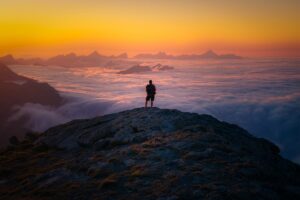
Yhabril (@yhabril): Best of the Week 33 at #nomadict
Spanish photographer Yhabril captures the profound connection between humans and the mountains that shaped him. Growing up in the Pyrenees, his work bridges outdoor sports, landscapes, and celestial scenes — often blending athletes, moonlight, and wilderness into striking visual stories.








